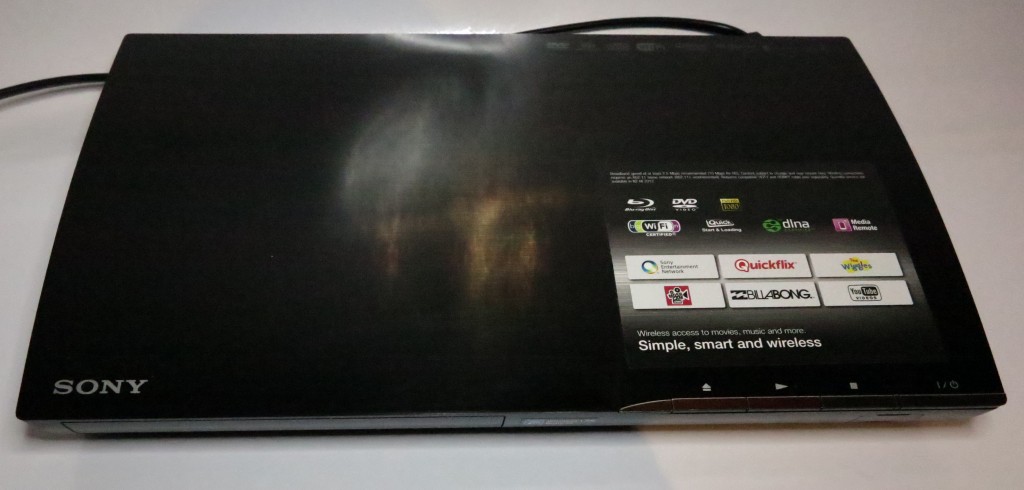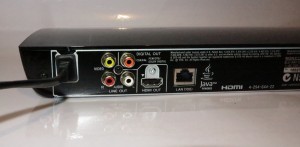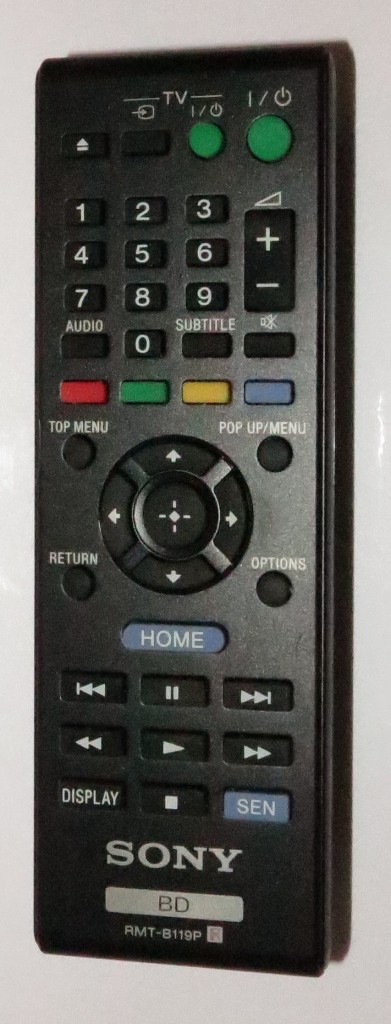There is room for the next-generation broadband service
A common remark that I hear about next-generation broadband is that it is a service we don’t need. Here the image that is underscored is that current-generation broadband services like ADSL2 or cable-modem Internet are good enough for email and Web browsing with a dash of multimedia communication thrown in.
But the next-generation Internet services are providing for newer realities especially as we increasingly do some of our work from home or increase the use of multimedia that is available online.
Video and entertainment applications
A major driver for the next-generation broadband technology is its role in delivering entertainment content to customers. This has been underscored through the availability of network-enabled AV equipment that can also draw down this content from the Internet.
High-resolution video
One major application class that I see with next-generation broadband is the distribution of video that has very high resolution. This will become the norm as more display devices will have high pixel-density displays. For example, a device like a 10” tablet to a 21” personal-display screen will acquire something like a 1080p resolution while the 32”-55” group-viewing displays will acquire the resolution for a 4K UHDTV picture.
This year, the 4K ultra-high-definition TV technology is being premiered by the likes of Sony, with the idea of the content currently being delivered on to hard disk media players connected to these displays.
Similarly, more newer video content is being turned out with the 1080p full high definition images. This includes older content, especially the material that was mastered to 16mm or 35mm film being mastered to 1080p full high definition video.
IPTV and video on demand
Another key application is the provision of Internet-based video services. These could be in the form of scheduled IPTV broadcasts or video-on-demand services where you can pull in video content to view. The video-on-demand services could be offered as a streaming service where the server streams down the content as you view it or as a download service where the content is downloaded to local mass-storage for you to view from that location.
The cost of entry is being reduced significantly at both the service provider’s end and the consumer’s end. In the latter case, this is enabled through various smart-TV platforms offering this service through TV sets and video peripherals like Blu-Ray players, games consoles and network media receivers. The former case is underscored by the arrival of an “action sport movie” channel that is running movie and TV content themed around high-action sports and making use of IPTV due to its low cost of entry.
It also appeals to the different business models like advertising-supported, pay-per-view, content rental, time-based subscription and download-to-own, with the operators being able to offer a mix of models to suit the content and the audience.
Telecommuting and small-business enablement
Another key application that the next-generation broadband will provide is various communications and business-enablement services. This can cater for people who telecommute (work from home for an employer) on a full-time or ad-hoc basis, people who maintain a shopfront for their business but do their office work at home or those of us who run professional or other business services from our homes.
Videoconferencing and IP communications
With the success of Skype in the consumer space, the concept of IP-based communications is likely to drive the need for next-generation broadband.
For example, the videocalls currently offered through Skype allow for 720p video resolution through the current generation of Webcams in the field. Similarly, HD voice communications which allows one’s voice to come through in FM-radio quality is being supported by Viber and most over-the-top telecommunications services. This latter ability can benefit people who have a distinct accent in that they can be heard easily.
In some cases, this could extend to “real-business” telecommunications like PABX functionality or telepresence / teleconference being made available to the small-business crowd. For example, a small-business owner who sets up shop in another area could benefit from VoIP tie-lines that link both locations or a professional services provider could engage in videocalls with clients using Skype or better services.
Cloud computing
Another key driver for next-generation broadband is the idea of “cloud computing”. This can extend from email, social-networks and Internet banking through to file-drop, media-sharing and online-backup services. Even businesses and multiple-premises home networks are or will be implementing “small private cloud” setups which interlink computer systems that are at multiple locations, whether on a remote-access or peer-to-peer basis.
But what is common with these services is that they require the ability to transfer large amounts of data between the home network and the service provider. This will cause a demand for the bandwidth offered by the next-generation broadband services.
Conclusion
Although it is so easy to say that there isn’t a need for next-generation broadband, as the new applications come on to the scene, these applications could ultimately underscore the desire and need for this technology.




